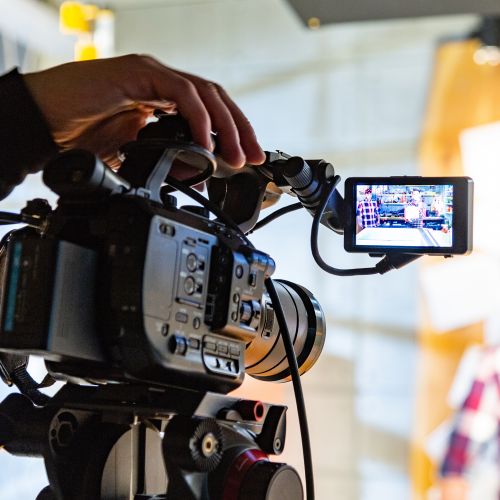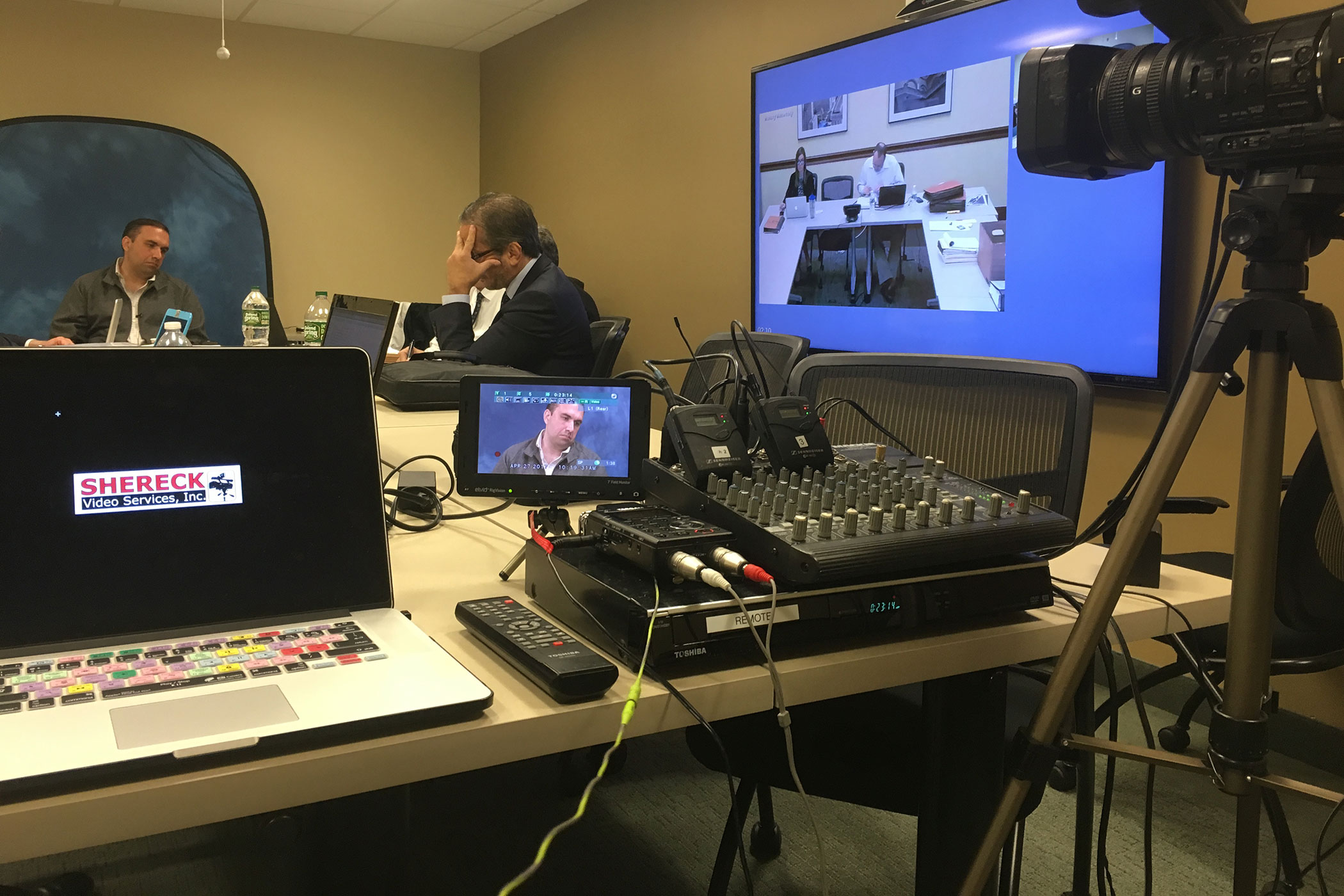How Legal Videography Assists in Preserving Vital Evidence for Litigation
How Legal Videography Assists in Preserving Vital Evidence for Litigation
Blog Article
Why Legal Videography Is Vital for Accurate Court Recordings
The role of lawful videography in courtroom settings can not be overemphasized, as it offers as a crucial tool for preserving the honesty of court records. By capturing both verbal and non-verbal interaction, it improves the clearness of witness statements and mirrors the nuances of court interactions. This thorough documents not only help in minimizing possible misconceptions yet likewise sustains appellate testimonials, therefore strengthening the judicial process. The implications of integrating legal videography into common court room techniques increase vital concerns concerning its more comprehensive influence on the legal system. What might these effects require?
Value of Visual Evidence
In the world of legal procedures, the importance of visual evidence can not be overemphasized. Aesthetic proof acts as a powerful tool in developing facts, corroborating testaments, and improving the general quality of an instance. This kind of evidence, that includes pictures, videos, and representations, can give a tangible context that verbal descriptions commonly lack, thus providing juries and judges a clearer understanding of the circumstances surrounding a case.
Furthermore, aesthetic proof help in the retention of details. Human cognition is naturally visual, and individuals are a lot more most likely to bear in mind and comprehend information provided in a visual style. In the court room, this can be critical, as compelling aesthetic evidence can sway opinions and reinforce the story presented by legal representatives.
Additionally, making use of visual evidence can minimize misunderstandings and obscurities that typically emerge from spoken exchanges. By giving a direct depiction of events, aesthetic proof assists to get rid of subjective analyses and promotes a more objective examination of the facts. Subsequently, the integration of aesthetic proof right into legal procedures not only strengthens the honesty of the judicial procedure however likewise boosts the probability of achieving a just end result.
Catching Non-Verbal Hints
Making use of sophisticated videography methods can substantially enhance the capture of non-verbal hints during lawful procedures. Non-verbal interaction, consisting of facial expressions, body movement, and eye get in touch with, plays a crucial function in sharing feelings and objectives that may not be explicitly specified in spoken testimony. legal videography. Legal videography uses high-definition video cameras and tactical angles to make certain that these subtle signs are recorded with quality and precision
The capability to evaluate non-verbal behavior can supply beneficial context to statements made throughout court sessions. A witness's reluctance or self-confidence can be translated through their position or motions, possibly affecting the jury's perception of credibility. In addition, using close-up shots can assist concentrate on an audio speaker's expressions, permitting a much more nuanced understanding of the statement.
In addition, incorporating multiple electronic camera angles can produce a detailed view of communications, highlighting characteristics between events involved. This multifaceted method not just improves the precision of the court record but likewise help in maintaining the integrity of the judicial procedure - legal videography. Ultimately, capturing non-verbal cues via lawful videography fosters a richer, a lot more total representation of courtroom proceedings

Enhancing Statement Reliability
The integrity of statement can be dramatically reinforced with using high-quality legal videography. Video recordings work as an objective tool that records not just the spoken words of witnesses yet also the subtleties of their delivery, including tone, pacing, and psychological expressiveness. This diverse documentation offers a clearer understanding of the witness's reliability and purposes, view which can be pivotal in legal proceedings.
Additionally, legal videography decreases the capacity for misconceptions that might emerge from written transcripts alone. When jurors can observe a view it now witness's temperament and body language along with their statement, they are much better geared up to analyze the authenticity and dependability of the evidence offered. This visual context can enhance the testimonial narrative, making it a lot more compelling and credible.
Furthermore, the visibility of a video recording can discourage prospective incongruities in testament. Witnesses might be a lot more careful in their statements when they know they are being tape-recorded, resulting in more exact and truthful accounts. Overall, high-quality lawful videography enhances the integrity of testimony, making sure that the court has accessibility to a complete and sincere depiction of the facts as conveyed by the witnesses.
Supporting Appeals and Reviews
Legal videography plays a crucial function in supporting allures and testimonials by offering an extensive aesthetic document of courtroom procedures. This visual paperwork captures not only the spoken words of witnesses and lawyers but additionally the nuances of body movement, intonation, and court room dynamics. Such aspects can be essential in understanding the context of testimonies and arguments presented.
In the appellate process, where the focus is on mistakes of legislation and step-by-step justness, a video document can work as a vital device for appellate courts. It allows judges to assess the initial trial context, ensuring that choices are based on a full understanding of the process. The ability to visually examine the behavior of witnesses or the communications in between parties can reveal understandings that composed transcripts may neglect.

Additionally, legal videography can assist in clarifying ambiguities in testaments or procedural judgments, therefore enhancing the basis for a charm. By using visit the website a reputable, objective account of what transpired in court, legal videography not only supports the honesty of the lawful procedure however also empowers all parties entailed to make educated choices regarding their situations.
Improving Courtroom Processes
Enhancing court room performance, lawful videography improves procedures by providing immediate access to visual documents of proceedings. This modern technology permits judges, lawyers, and juries to review vital statement and evidence, ensuring that all parties have a clear understanding of the case. By capturing the subtleties of spoken and non-verbal communication, videography enriches the record, making it easier to realize the context and weight of testimonies.

In addition, video clip recordings can assist in remote participation in hearings, enabling greater adaptability in organizing and participation, which is especially important in intricate cases entailing multiple stakeholders.
Conclusion
To conclude, lawful videography plays a crucial role in ensuring precise court recordings by giving crucial aesthetic proof that records both verbal and non-verbal interaction. This technique improves the reliability of statements, supports appellate evaluations, and improves court processes. By cultivating a detailed understanding of court room dynamics, legal videography ultimately adds to a lot more fair judicial end results, reinforcing the stability of the legal system and assisting in educated decision-making.
Report this page